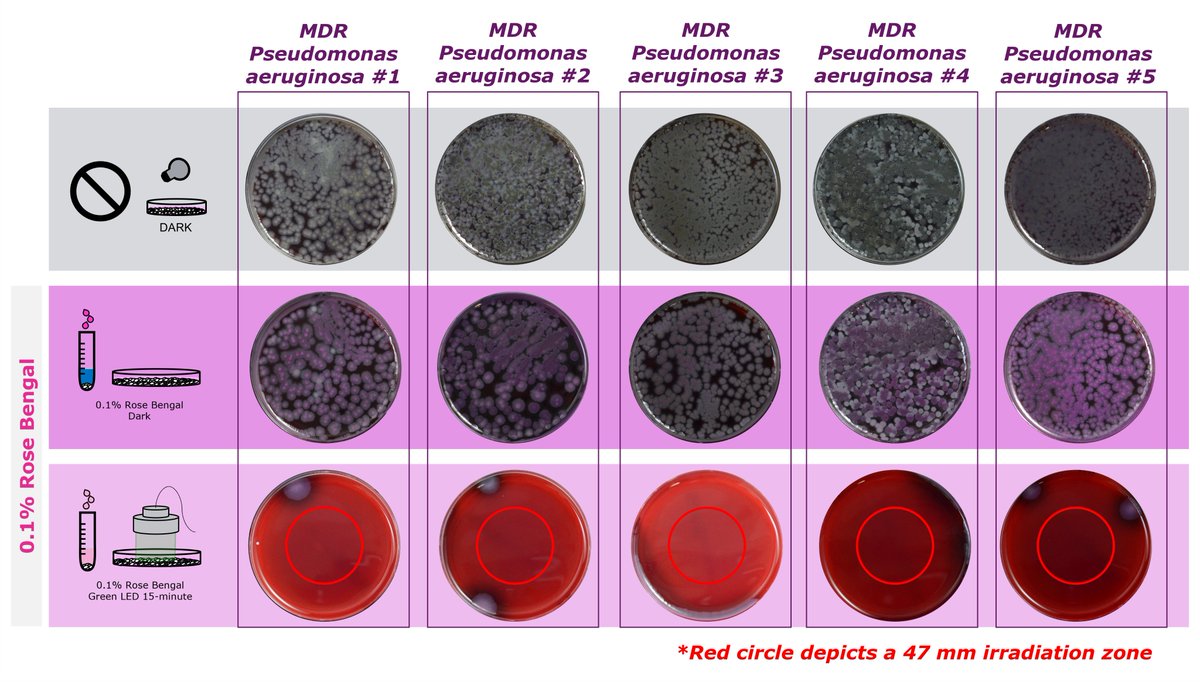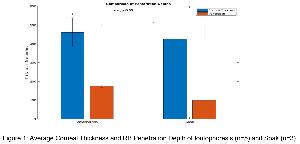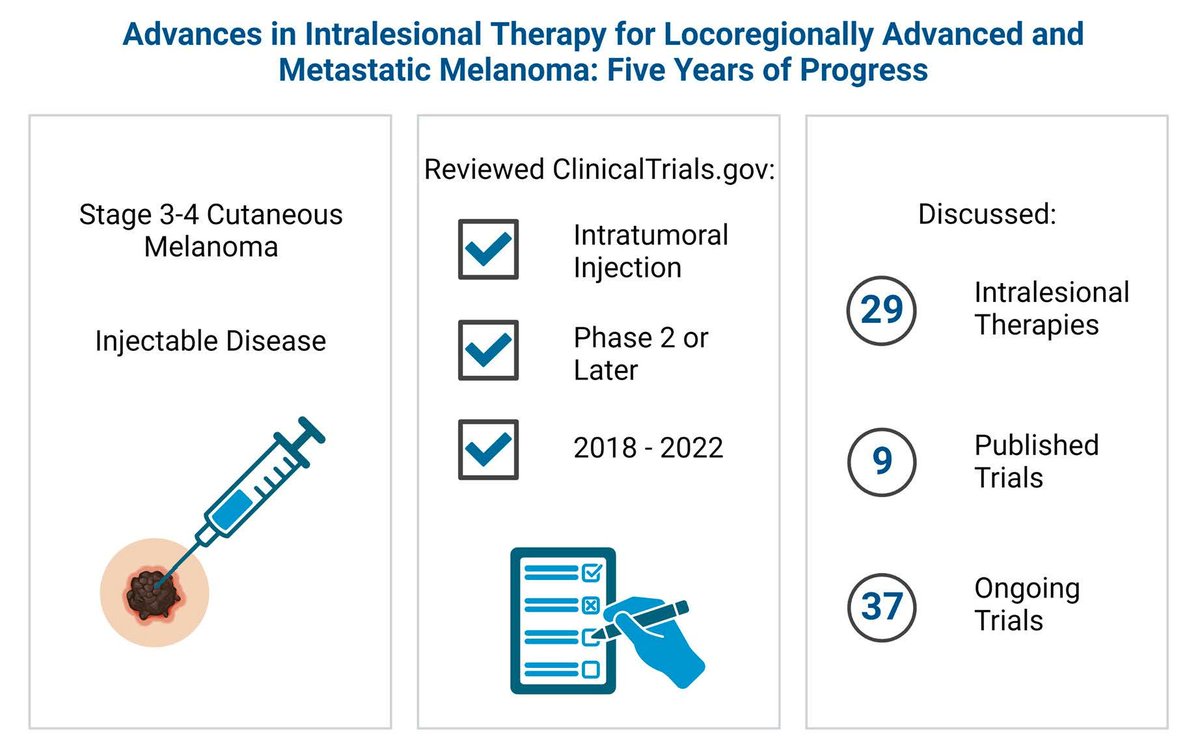
1/ 2023 Association for Research in Vision and Ophthalmology Annual Meeting. arvo.org/annual-meeting/. Accepted abstracts from Ophthalmic Biophysics Center about its Rose Bengal Photodynamic Antimicrobial Therapy (RB PDAT). #ARVO23 #ARVO2023. @BascomPalmerEye @UMiamiHealth. A… twitter.com/i/web/status/1…
2/ Abstract Number: 606 - B0243. Echeverri Tribin F et al. Inhibition of Multidrug-Resistant Pseudomonas aeruginosa with Rose Bengal Photodynamic Antimicrobial Therapy: In vitro. Conclusions: MDR Pseudomonas aeruginosa can be inhibited by rose bengal eppro02.ativ.me/web/page.php?p…… twitter.com/i/web/status/1… 

3/ Abstract Number: 609 - B0246. Krishna et al. In vitro Inhibition of Aspergillus and Fusarium Species with Erythrosin B, Eosin Y, and Rose Bengal Photodynamic Antimicrobial Therapy. Conclusions: EB, EY, and RB with light were effective against both F. eppro02.ativ.me/web/page.php?p…… twitter.com/i/web/status/1… 

4/ Abstract Number: 3294. Rocchetti et al. Action of Rose Bengal photoactivated by green light associated or not to Propamidine Isethionate and/or Polyhexamethyl Biguanide on Acanthamoeba trophozoites cells – in vitro study. Conclusions: This in vitro eppro02.ativ.me/web/page.php?p…… twitter.com/i/web/status/1… 

5/ Abstract Number: 4027 - B0344. Chen et al. Rose Bengal Penetration Depth with Iontophoresis in Human Cornea Tissue. Conclusions: Corneal penetration of RB disodium is significantly improved by utilizing iontophoresis. These findings support the eppro02.ativ.me/web/page.php?p…… twitter.com/i/web/status/1… 



6/ THREAD END.
7/ @threadreaderapp unroll
• • •
Missing some Tweet in this thread? You can try to
force a refresh







